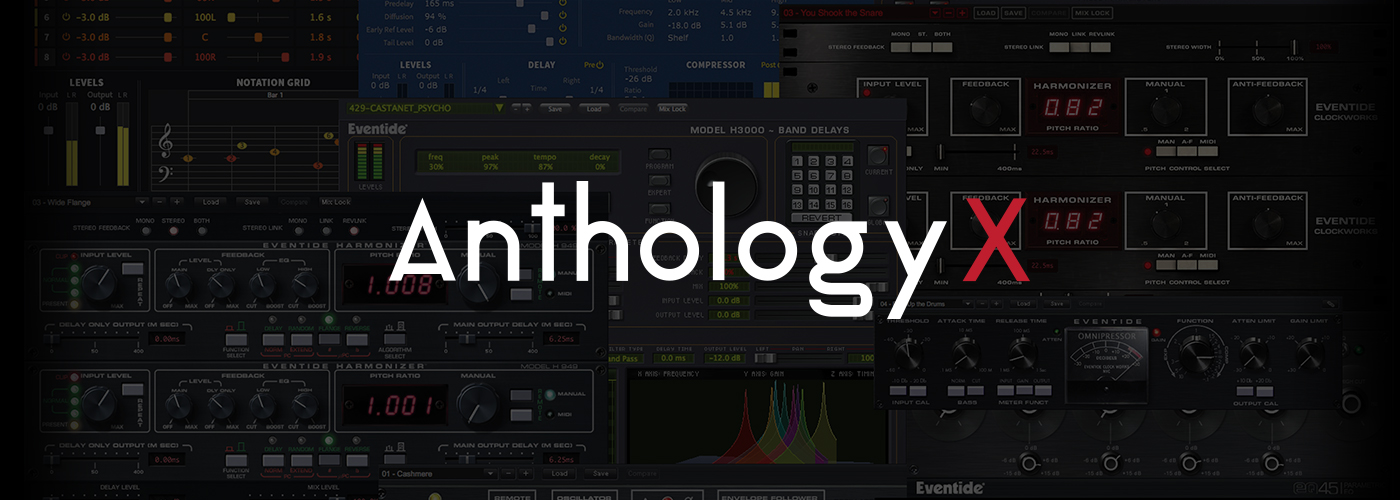

The new envelope follower uses the input signal to bend the pitch. The recreation of the original piano-style keyboard remote control allows you to play musical pitch offsets and blend in a second delay line by using new mixer controls for added stereo sound. This H910-EKD (Envelope/Keyboard/Delay) as it is known, allows the plug-in to be even more responsive to your sound. At extreme settings, you can create unheard-of mechanical sounds, drone effects or robot language using self-oscillation, delay, and anti-feedback.Ī number of enhancements have been added to this release including Keyboard and Envelope pitch control modes, Output 2 Delay Group and a Mixer. Use the H910's pitch changing ability to create specific musical intervals and perfect harmonies, spread guitars, fatten snares, apply subtle organic de-tuning to synths or add slap-back delays to vocals. Simply put, nothing sounds quite like it.Ī powerful creative tool, the H910 plug-in for AAX, VST and AU is a faithful recreation of the original hardware. With its unique combinations of pitch shifting, modulation and delay, the H910 can be heard on countless ground-breaking works by artists from AC/DC to David Bowie to Frank Zappa.

Set to 100% wet to get only the AR1 Reverb tail.The H910 Harmonizer was the world’s first digital effects processor.
Mix - Controls how much of the original audio is mixed with the reverberation. Modulation - Adds a little pitch modulation to the reverb tail. High damping means the reverb is absorbed very quickly by the room and doesn’t reverberate as much. More damping will make the reverb sound softer and the overall reverb will appear to decrease in volume faster too. Damping - This controls how fast the high frequencies in the reverb dissipate over time. This would make the reverb sound ‘softer’, imagine being in a space with soft furnishings and carpets, as opposed to say a kitchen or bathroom with lots of hard surfaces. Bandwidth - Reduces the number of high frequencies in the reverb. Reflections of sound usually take some time to reach the ear. This can give the effect of an even larger space or just sound more natural. Pre-Delay - AR1 reverbs response is delayed by the pre-delay amount in milliseconds. At 100% the reverb sounds as wide as possible in the stereo field. Width - Stereo width, at 0% the reverb will be completely mono, losing all stereo information. Size - Increases the size of the reverb space, and also has the effect of making the reverb tail last longer. Early Level - Controls how much of an effect the Early size control has on the overall sound of the reverb. 
Early Size - This controls the distance or size for any early reflections.







 0 kommentar(er)
0 kommentar(er)
